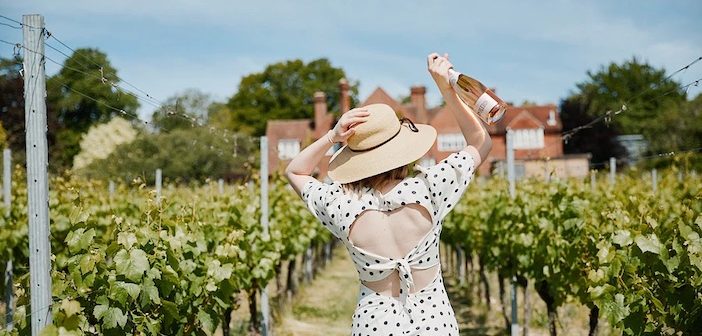As English Wine Week gets underway, Lisse Garnett reflects on the rise of this enigmatic tipple…
English wine remains the most underrated category in the wine world. I’ve lost count of the number of times I’ve sung its praises to foreign winemakers only to be given a derisive, pitying look. There are notable exceptions: the Vikings love our wines and buy them by the container load; the Americans are our loyal customers, as are Hong Kong, Japan, The Netherlands and Switzerland. In Denmark, English wine is the epitome of good taste. Expect to find it in all their Michelin-starred eateries.
That’s why English Wine Week is so important. It’s not just your usual PR guff. We as a nation have a serious job to do; we need to get behind our industry and help it grow. Pretty much every vineyard in Britain is offering an opportunity to taste this week. So, be you a cynic or a convert, it’s an excellent chance to learn more about our unique terroir and the wines we can produce here. Because we absolutely do make exquisite wine. There may still lurk terrors, but I do not come across them. The best are truly sublime.
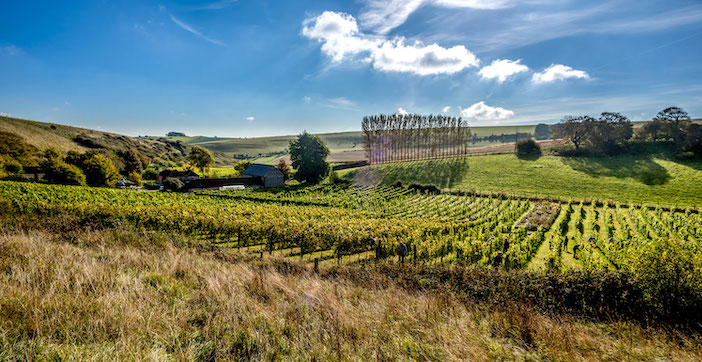
Breaky Bottom
Robin Hutson of The Pig Hotel chain, and his army of sommeliers have been actively suppressing sales of Champagne and pushing English since 2014 and I think they’ve made a real difference to the way we Brits view our wares, nip into any of their hotels and see for yourself. Pioneers, such as Peter Hall of Breaky Bottom near Lewes and The Americans, Stuart and Sandy Moss of Nyetimber, who planted Champagne varieties in the face of derision, are the founding fathers of our industry.
Frenchman Cyril Brun, ex-chef des cave of Charles Heidsieck, loudly and internationally shouts of Britain’s potential as ‘huge’; in doing so, he has done much for brand England. His favourite winery is Wiston in West Sussex. I’m going to rave about Wiston Estate Cuvée Brut 2016 today, which is perfectly poised between zip and creaminess with hints of tangerine, almond, red apple, brioche, hazelnuts and toffee. Buy a few bottles and keeps them for ten years, they’ll only get better.
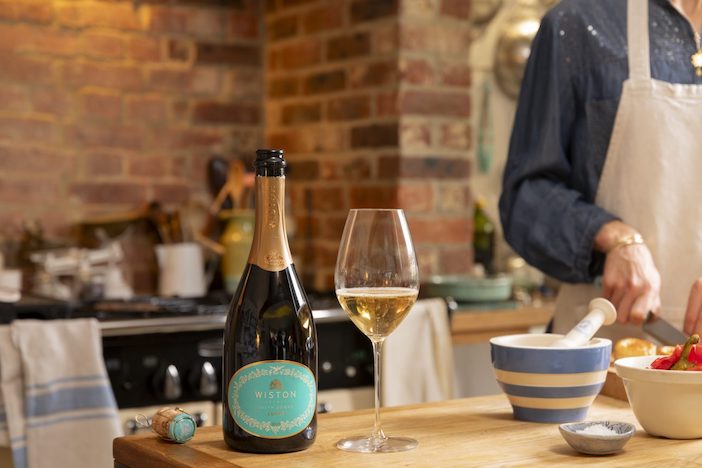
Any of London’s four urban wineries would be a great place to start supping urban style. Renegade, Vagabond, Black Book, and London Cru are particularly exciting as they offer English still wines as well as sparkling. I think the still wine category is the most exciting simply because it’s the most challenging to produce.
If I have to call a favourite still, it has to be Jose Quintana’s Vagabond Solena Batch 002, a white wine aged under floor like Manzanilla or Fino sherry; it’s a solera-aged, copper-coloured, sapid, tangerine, tarragon-noted, savoury beauty and it delivers the ultimate expression of England’s textural potential.
There have been few English Pinot Noirs that have made me gasp; Charlie Holland’s 2018 Gusbourne Reserve Pinot Noir was a notable exception. Tasted with Micheal Schuster in 2020, it was perfumed, deep, gently spiced, complex and long. Michael declared it as good as a ‘mid-rank Premier Cru Gevrey Chambertin’ – and do you know what, he would know. Another one for keeping or drinking.
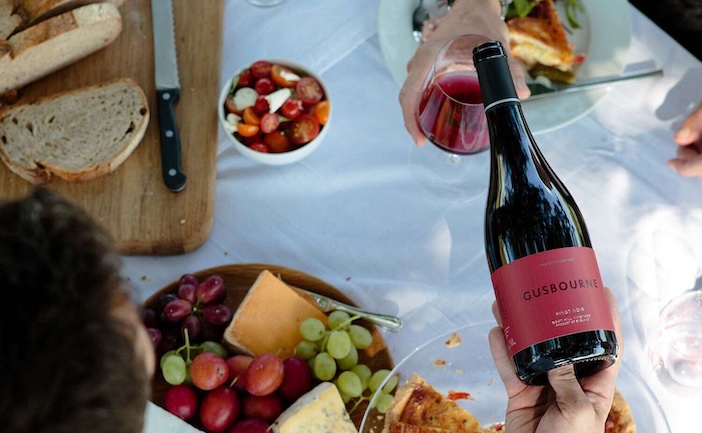
Whilst manning the stand at a wine fair last month, I participated in a bit of vinous flirting with a well-known Frenchman and a purveyor of rosé. It started when he brought me a sip of his wines, and I returned the favour with some gingerbread; he came back again with more of his viscous Provence rose, which was an excellent wine, though not to my taste. I countered with a glass of Breaky Bottom Cuvée David Pearson 2015, a tangy, toasty, saline-edged beauty with a lemon sherbet vibe. The Frenchman’s face crumpled with derision; its fair to say he was not impressed. For him there is something unpleasant in English wine, he mentioned malic acid.
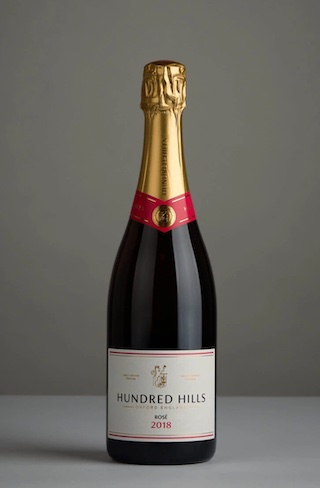 Like most long-standing winos, I am addicted to acid; acidity gives freshness and facilitates the balance of bitterness and sweetness. High acid can be found in most piquant wines, especially the sweet ones. In the UK, we have an abundance of malic acid; that’s the sour taste you notice in Granny Smith apples, it’s tart and can feel sharp in the mouth. Conversely Fino Sherry is extremely low in acid; its freshness comes from a complete lack of sugar, the particularity of its soil and certain acetaldehydes. Acid is an essential component of a balanced wine and can be mitigated through vineyard management or malolactic fermentation, which converts malic acid into lactic. You must make your own call.
Like most long-standing winos, I am addicted to acid; acidity gives freshness and facilitates the balance of bitterness and sweetness. High acid can be found in most piquant wines, especially the sweet ones. In the UK, we have an abundance of malic acid; that’s the sour taste you notice in Granny Smith apples, it’s tart and can feel sharp in the mouth. Conversely Fino Sherry is extremely low in acid; its freshness comes from a complete lack of sugar, the particularity of its soil and certain acetaldehydes. Acid is an essential component of a balanced wine and can be mitigated through vineyard management or malolactic fermentation, which converts malic acid into lactic. You must make your own call.
Hundred Hills in the Stoner valley (teehee) near Oxford is already world-class. Owner Stephen Duckett is a particular man who has dedicated his life to making beautiful wine. Production at Hundred Hills is kept purposely small. I tout their crystalline Signature Rosé 2018 for the top; laden with English rose, strawberry and hibiscus and a pretty peony colour, a wine to delight even the most critical French palates. And it does. This wine sells well in Champagne.
From England’s oldest vineyard (if you discount the Romans), planted in Hampshire in 1952, Hambledon Première Cuvée Rosé NV is another lovely, vivid, sparkling rosé. Orangey pink in colour, it shows strawberry, almond, lime and redcurrant. It somehow manages to be creamy and structured all at once. From one of the oldest to one of the newest, another Hampshire producer, from just 30 acres in the Test Valley, Cottonworth creates a beautifully balanced Classic Cuvee with top notes of apple and citrus and a rich, bready finish from the champagne staples of Chardonnay, Pinot Noir and Pinot Meunier.
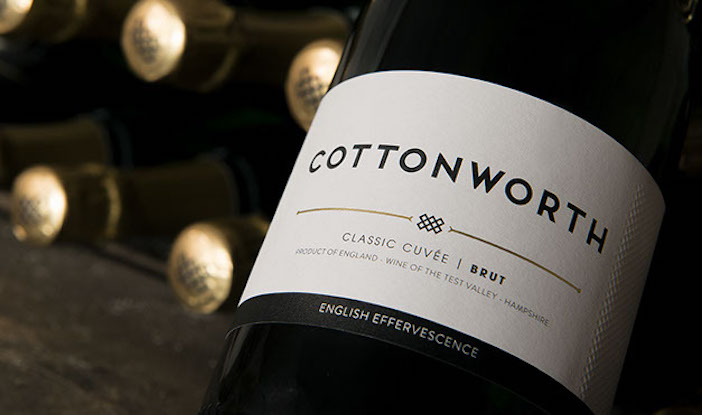
Knightor Mena Hweg 2023 from Cornwall is a medium sweet, acid-balanced, fragrant jasmine, peach, and elderflower-scented beauty that goes down an absolute storm whenever I pour it. Though most of us demure when offered anything liquid and sweet, when pushed to taste, we love it. Many wine snobs would baulk at the prospect of a low alcohol arrested ferment English sweetie, but sod them; the truth is it’s bloody delicious, especially with mango chicken curry.
My policy for English Wine Week and, indeed, life is to taste prolifically and make up my own mind. I have offered a few of my favourites; now it’s your turn to find yours. Wine is as individual as we are.
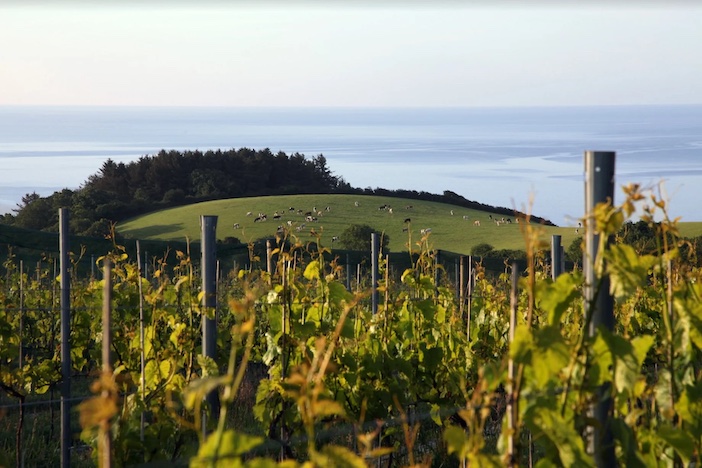
Knightor winery, Cornwall
We have a unique ticket to ride the dawn of our new industry. We will experience a smorgasbord of flavour sensations and textures, a manifestation of the wonders of our most particular climate in glass, the ultimate expression of home. Only you can call your pleasure, for taste is subjective. Wine is hugely influenced by fashion, and critics are too; it’s for you to decide what floats your boat. This magical mystery tour is ours for the taking, a sensual journey that is unique to each of us. Be open to it; enjoy it; after all, it’s only a drink.
English Wine Week runs from 15th – 23rd June. For more information, including details of festivals and events at participating vineyards, please visit www.winegb.co.uk.
Header photo: Hambledon vineyard, by Millie Fletcher

